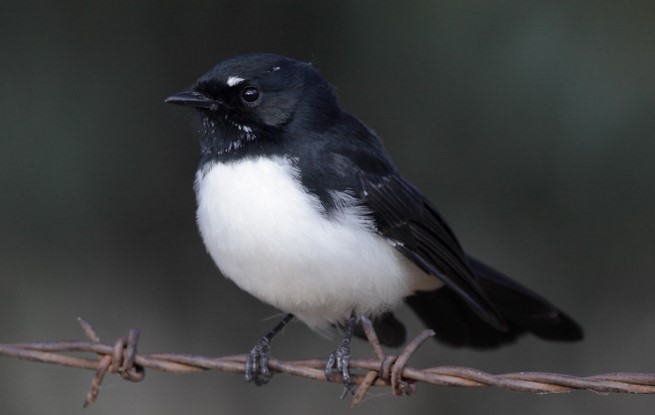DESCRIPTION
Alexandrine Parakeet “Psittacula eupatria” is a large 58 cm to 62 cm parrot with a massive red bill giving a “top-heavy” appearance and only green-headed Psittacula parrot with red “shoulder-patch”; sexes differ, Juvenile is like. The Alexandrine Parakeet is screaming kee-aar, resonant gr-raak gr-raak. This parrot is famous for its beauty, intelligence, elegance, and exceptional talking abilities that can have a strong bond with humans.
Alexander the Great transported many birds from the Sub-continent to different parts of European and Mediterranean regions. His effort was recognized and prized by royalty, nobility, and warlords. It lives in agricultural land, moist and dry forests, mangrove forests and plantations, and woodlands and eats different fruits and nuts.
DISTRIBUTION
Alexandrine Parakeet distribution is from easternmost Afghanistan and western Pakistan to Indochina and northern Thailand. This beautiful parakeet is also found in Sri Lanka and the Andaman Islands; up to 800 m, occasionally 1600 m. However, it is locally common; and has also been introduced to Japan and Singapore. Alexandrine parakeet considerably expanded its niche into colder climates with respect to those occupied in the native range.
SUB-SPECIES
Five identifiable subspecies are as below.
-
P. e. eupatria wide rose-pink collar encircling hind-neck; black stripe across lower cheeks; occiput and nape to cheeks mauve-blue; maroon-red “shoulder-patch”; lacks head markings. Range to Sri Lanka and peninsular India.
-
P. e. nipalensis more grayish-green; larger; wider black stripe across the lower cheeks. Range easternmost Afghanistan, eastern and southern Pakistan, and central India to Nepal, Bhutan, and Assam to Bangladesh.
-
P. e. magnirostris larger, heavier bill; narrow blue band on hind-neck and brighter red “shoulder-patch.” Range Andaman and Coco Islands, Bay of Bengal.
-
P. e. avensis like nipalensis, but the neck and underparts are more yellowish, and smaller bill; a narrow blue line on the hind neck. Range Cachar district of Assam to southern Myanmar at about lat. 16°N.
-
P. e. siamensis face and neck yellowish; occiput and nape washed blue and paler red “shoulder-patch.” Range from northern and western Thailand to Cambodia, central Laos, rarely in the north, and central Vietnam.
SIMILAR SPECIES
Rose-ringed Parakeet P. krameri is smaller and much smaller bill; no maroon “shoulder-patch.”
LOCALITIES
ALEXANDRINE PARAKEET is found in Chitwan National Park, Nepal, Gorumara National Park, Buxa Tiger Reserve, West Bengal, northern India Pench Tiger Reserve, Tadoba National Park, and Borivali National Park, Maharashtra, peninsular India.
LIFE SPAN
Normally other parakeets have aged more than 70 years. But, the average life of ALEXANDRINE PARAKEET is just more than 30 years.
STATUS
The population of Alexandrine parrot is not stable and is listed as near threatened by the IUCN. The major threat is steep population decline and native range decline. This is due to habitat loss and poaching for the pet trade is likely to negatively affect populations in the near future. Most Alexandrine parakeets have been imported to Asia by Japan and the United Arab Emirates.







